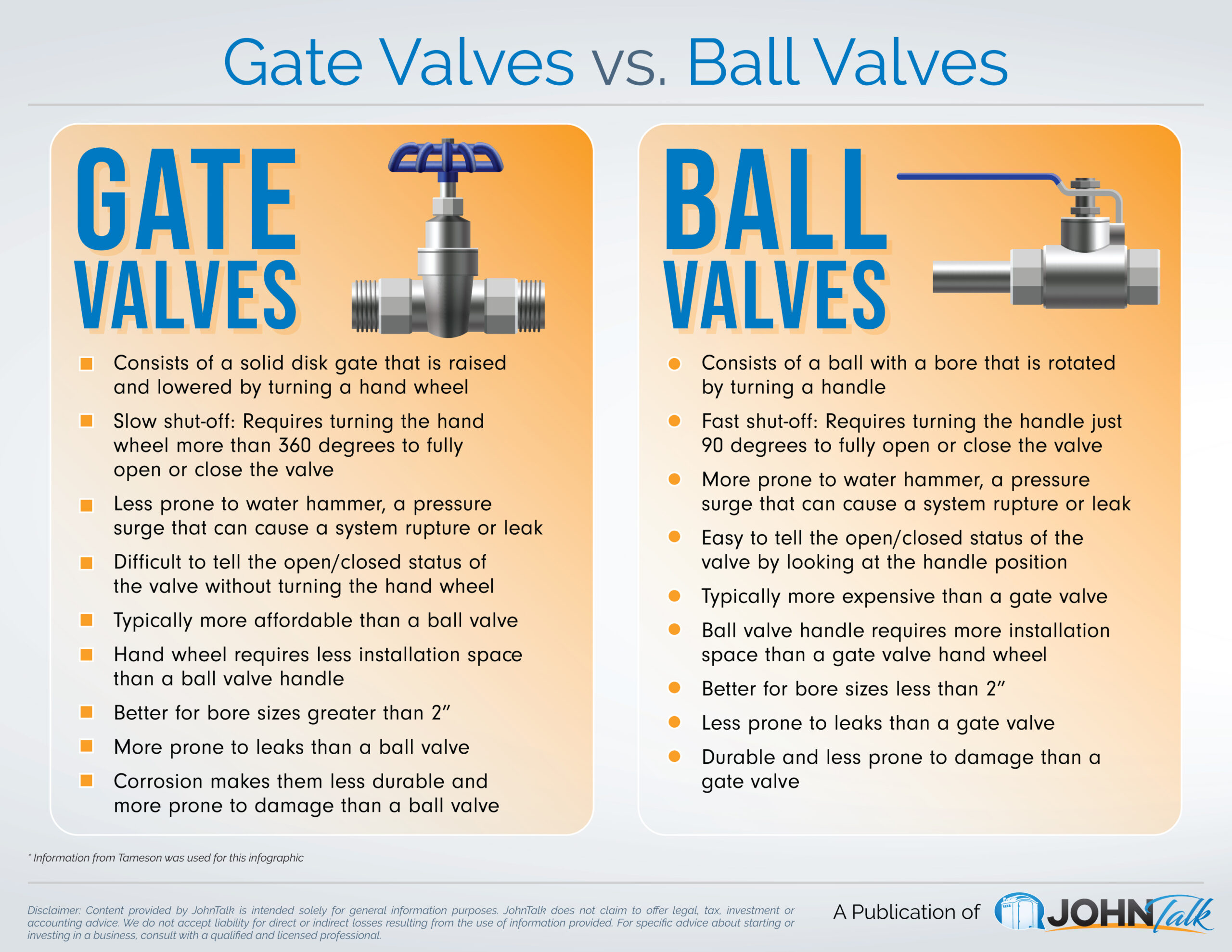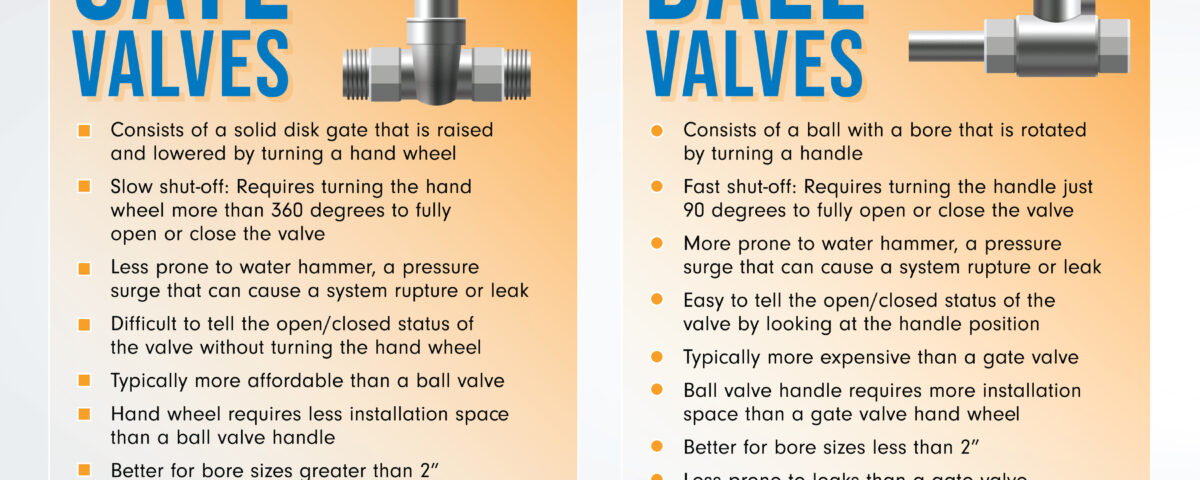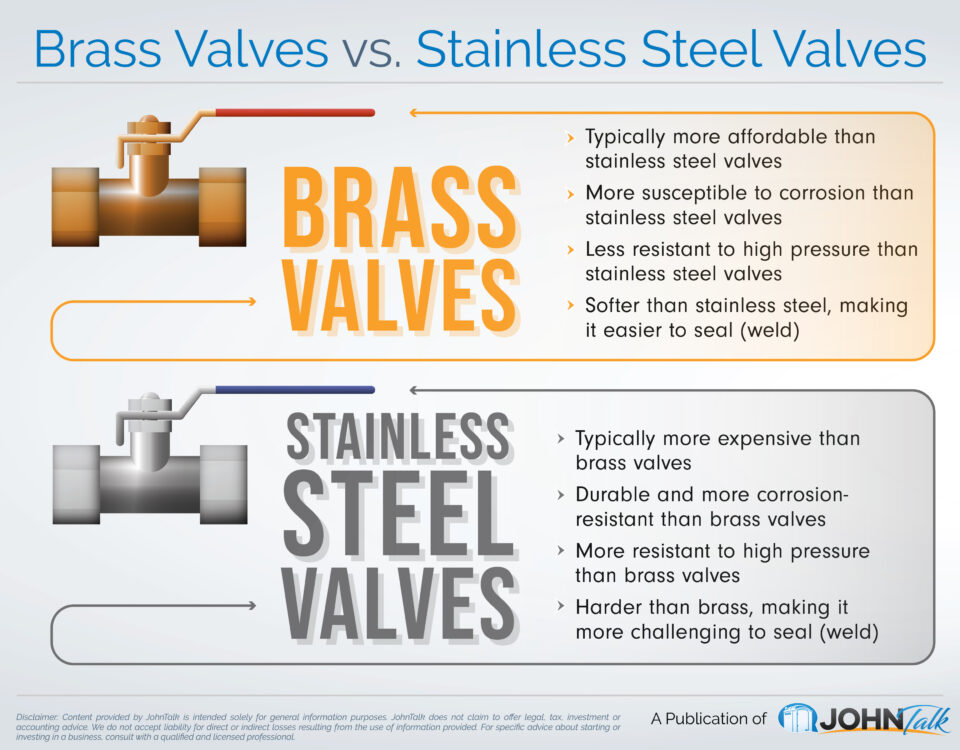
Brokers: Are They Partners, Customers or Competitors?
January 15, 2024
Managing Workers’ Compensation & Temporary Layoffs
January 30, 2024When it comes to flow control valves, the two most common types are gate valves and ball valves. They are similar in construction and used in similar applications, but there are some key differences.
To decide which one is the best solution for you, it’s important to know the pros and cons of each. The infographic we put together below compares and contrasts gate valves and ball valves so you can make an informed purchasing decision.
Like this infographic? Share it with your friends and colleagues!
Get the JohnTalk “ALL-ACCESS PASS” & become a member for FREE!
Benefits Include: Subscription to JohnTalk Digital & Print Newsletters • JohnTalk Vault In-Depth Content • Full Access to the JohnTalk Classifieds & Ask a PRO Forum
Looking to Take Your Portable Restroom Business to the NEXT LEVEL? Download our FREE Guide: “Your Guide to Operating A Portable Restroom Business.”
Thinking About GETTING INTO the Portable Restroom Industry? Download our FREE Guide: “Your Guide to Starting A Portable Restroom Business.”
Gate Valves vs. Ball Valves
Gate Valves
- Consists of a solid disk gate that is raised and lowered by turning a hand wheel
- Slow shut-off: Requires turning the hand wheel more than 360 degrees to fully open or close the valve
- Less prone to water hammer, a pressure surge that can cause a system rupture or leak
- Difficult to tell the open/closed status of the valve without turning the hand wheel
- Typically more affordable than a ball valve
- Hand wheel requires less installation space than a ball valve handle
- Better for bore sizes greater than 2”
- More prone to leaks than a ball valve
- Corrosion makes them less durable and more prone to damage than a ball valve
Ball Valves
- Consists of a ball with a bore that is rotated by turning a handle
- Fast shut-off: Requires turning the handle just 90 degrees to fully open or close the valve
- More prone to water hammer, a pressure surge that can cause a system rupture or leak
- Easy to tell the open/closed status of the valve by looking at the handle position
- Typically more expensive than a gate valve
- Ball valve handle requires more installation space than a gate valve hand wheel
- Better for bore sizes less than 2”
- Less prone to leaks than a gate valve
- Durable and less prone to damage than a gate valve





